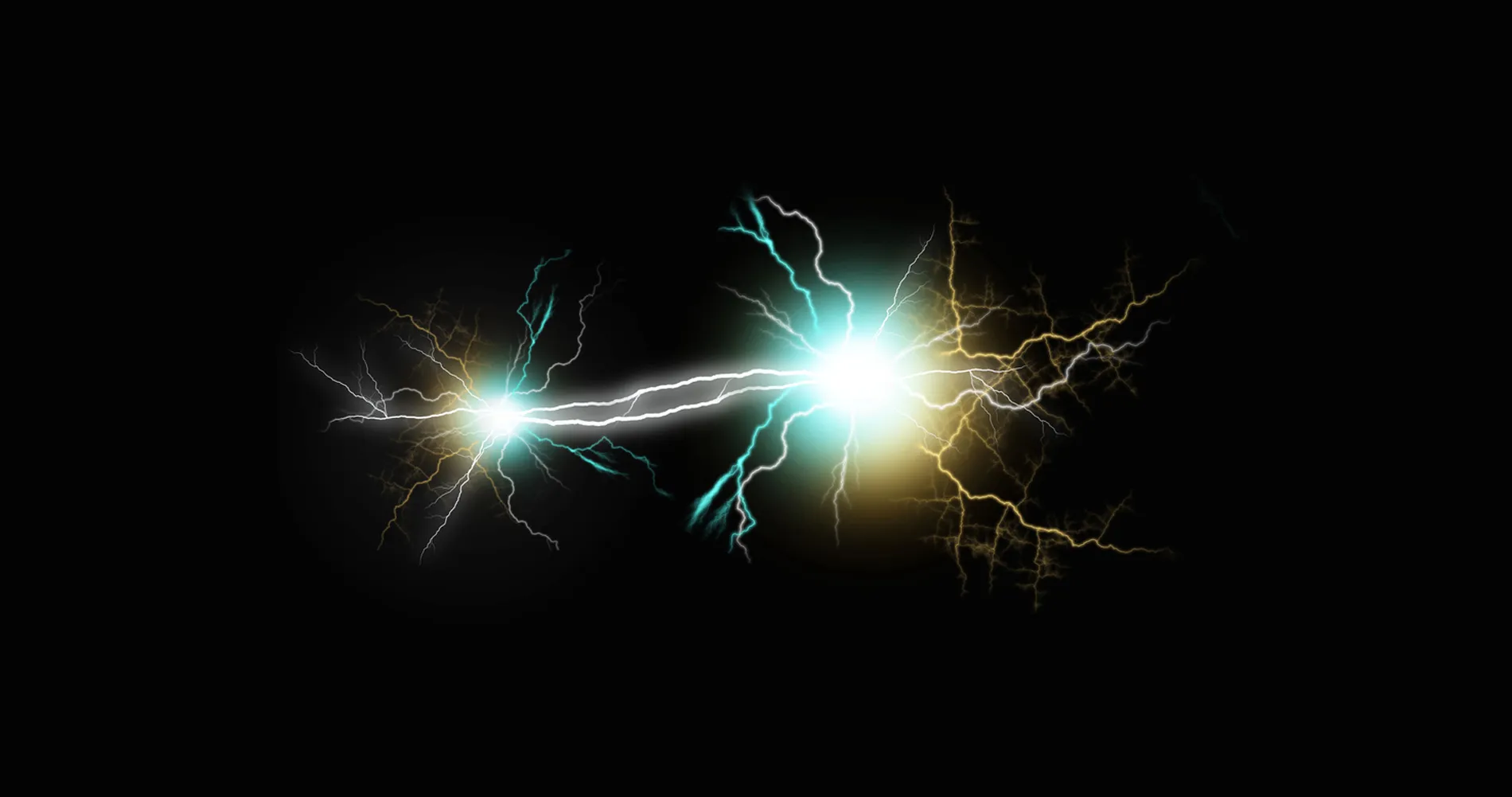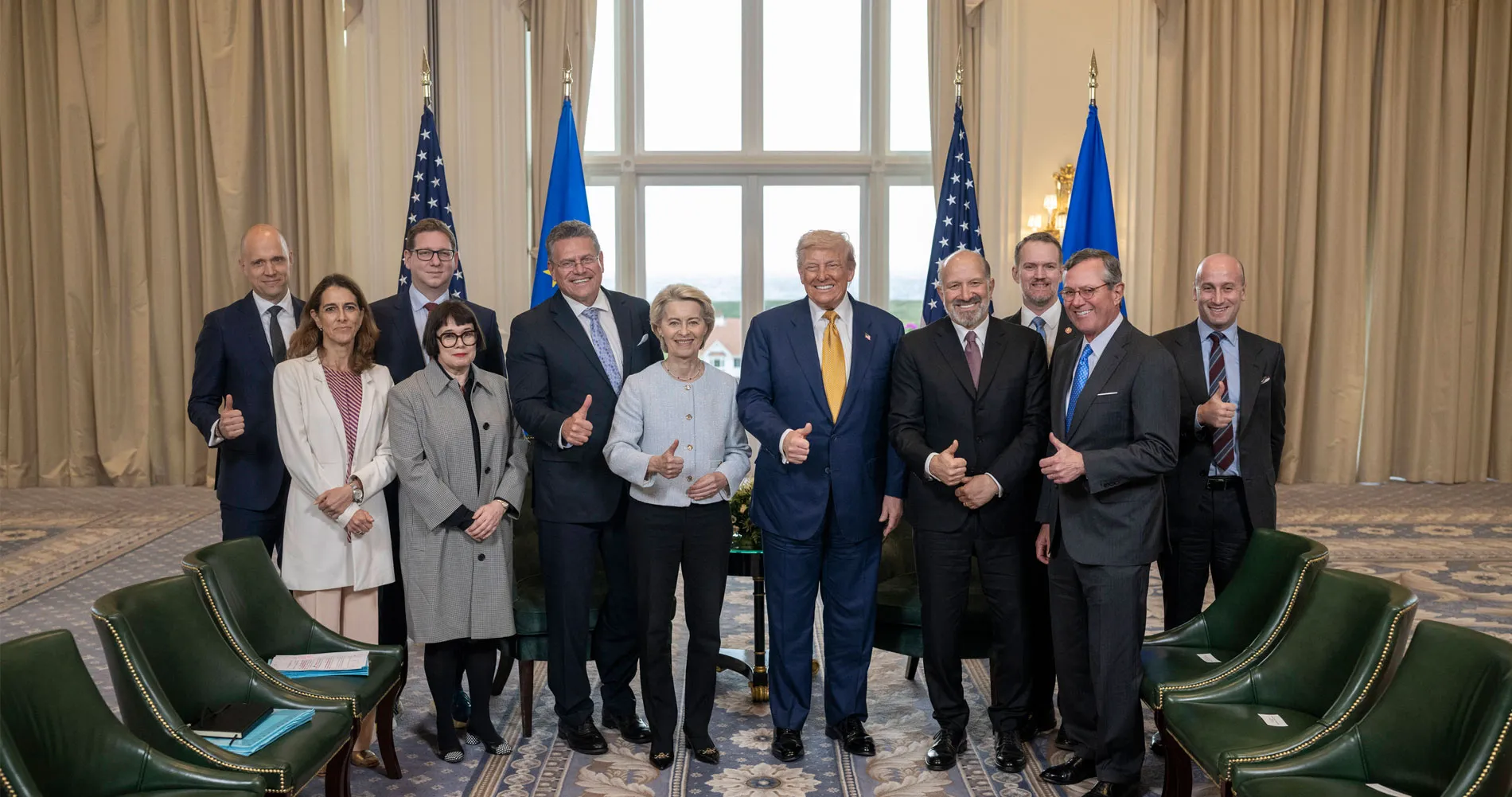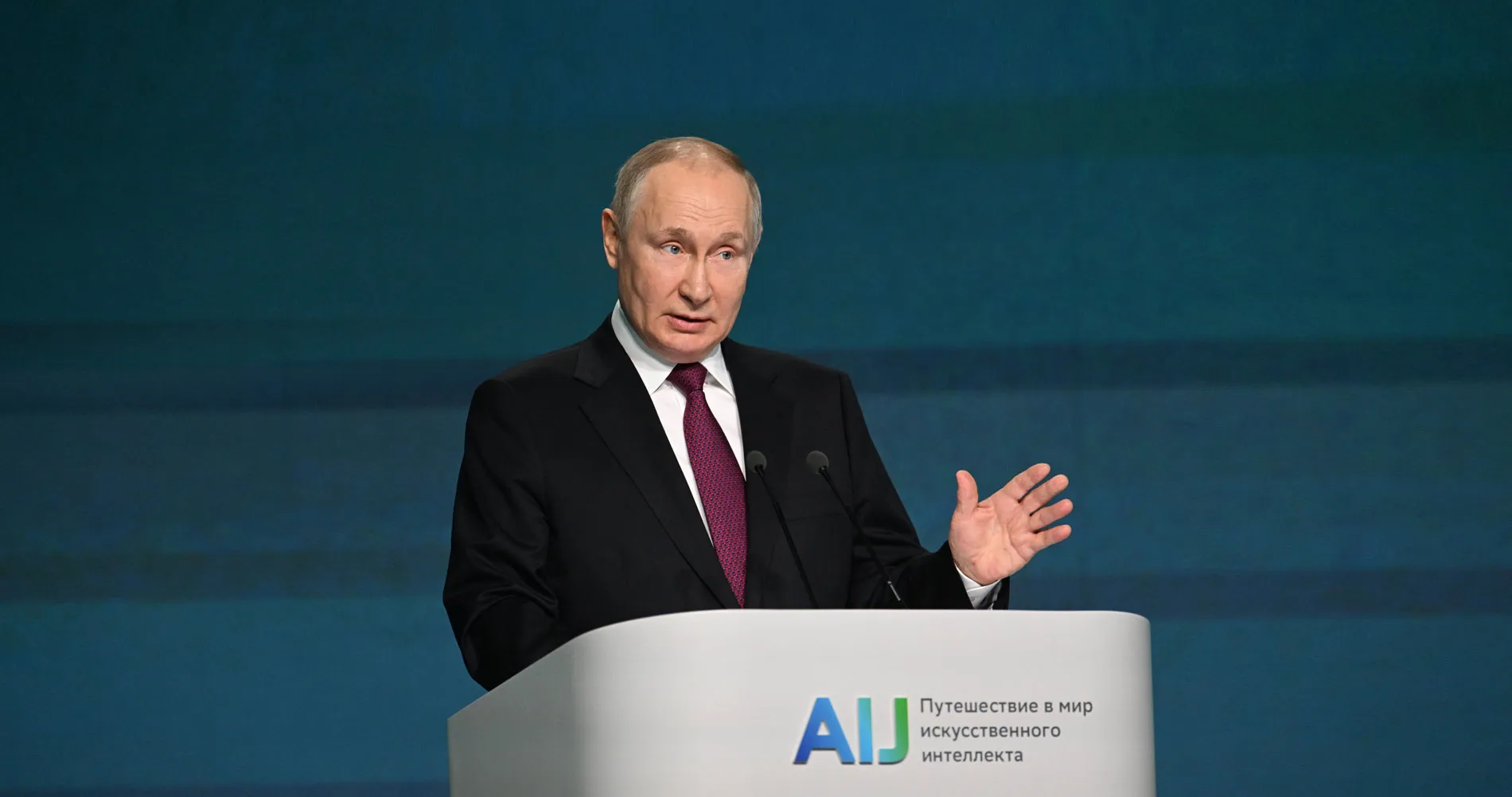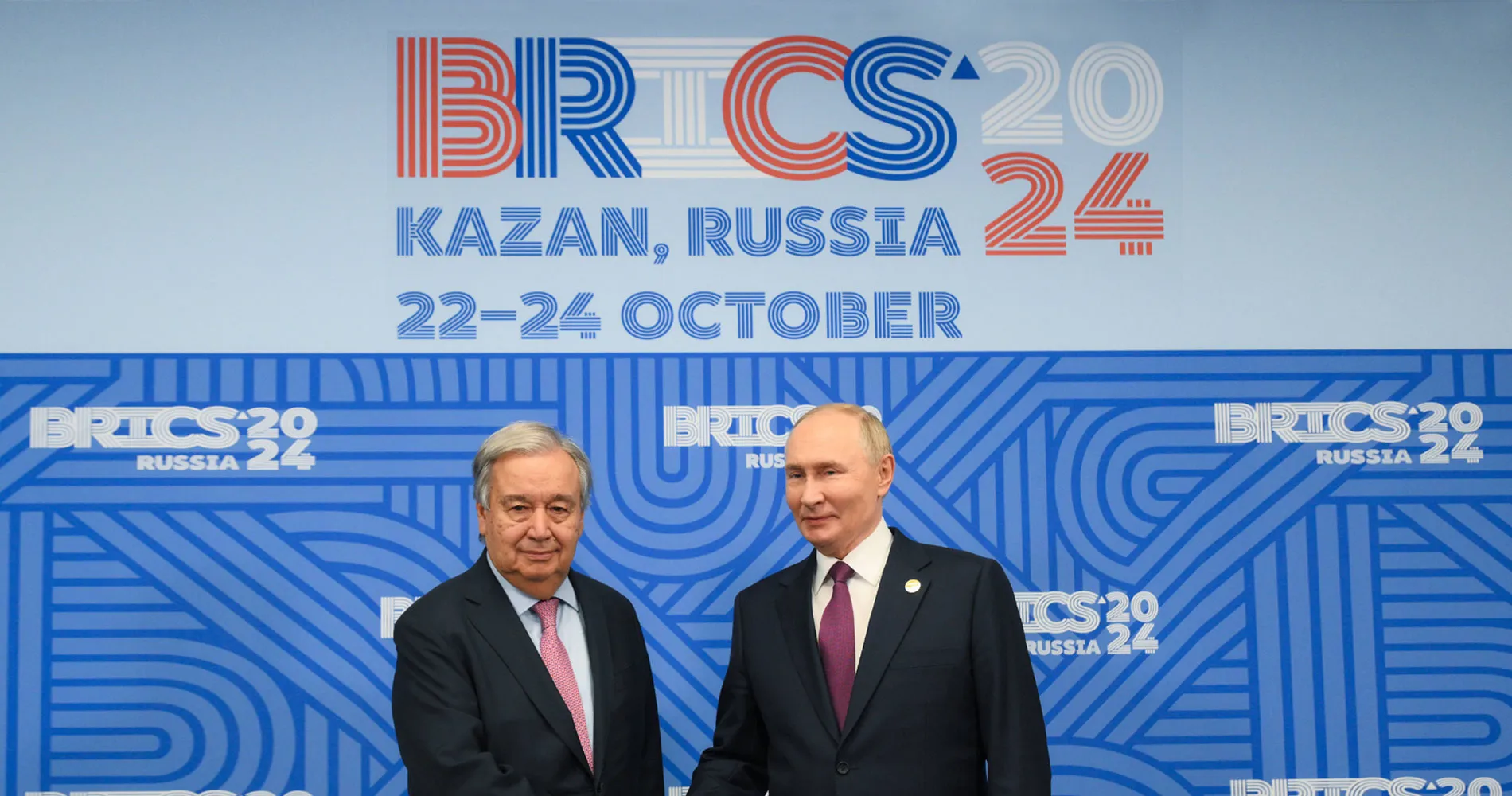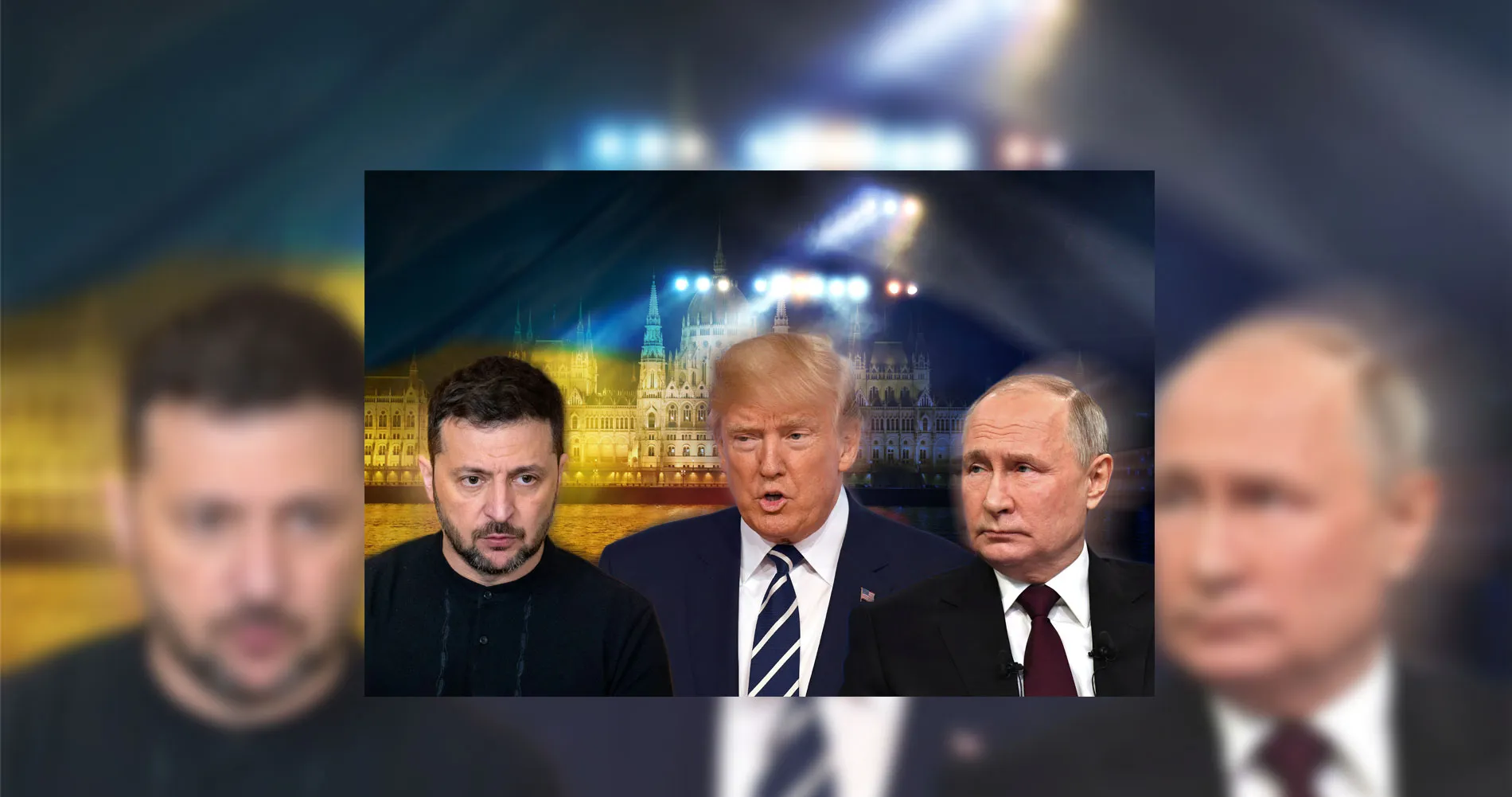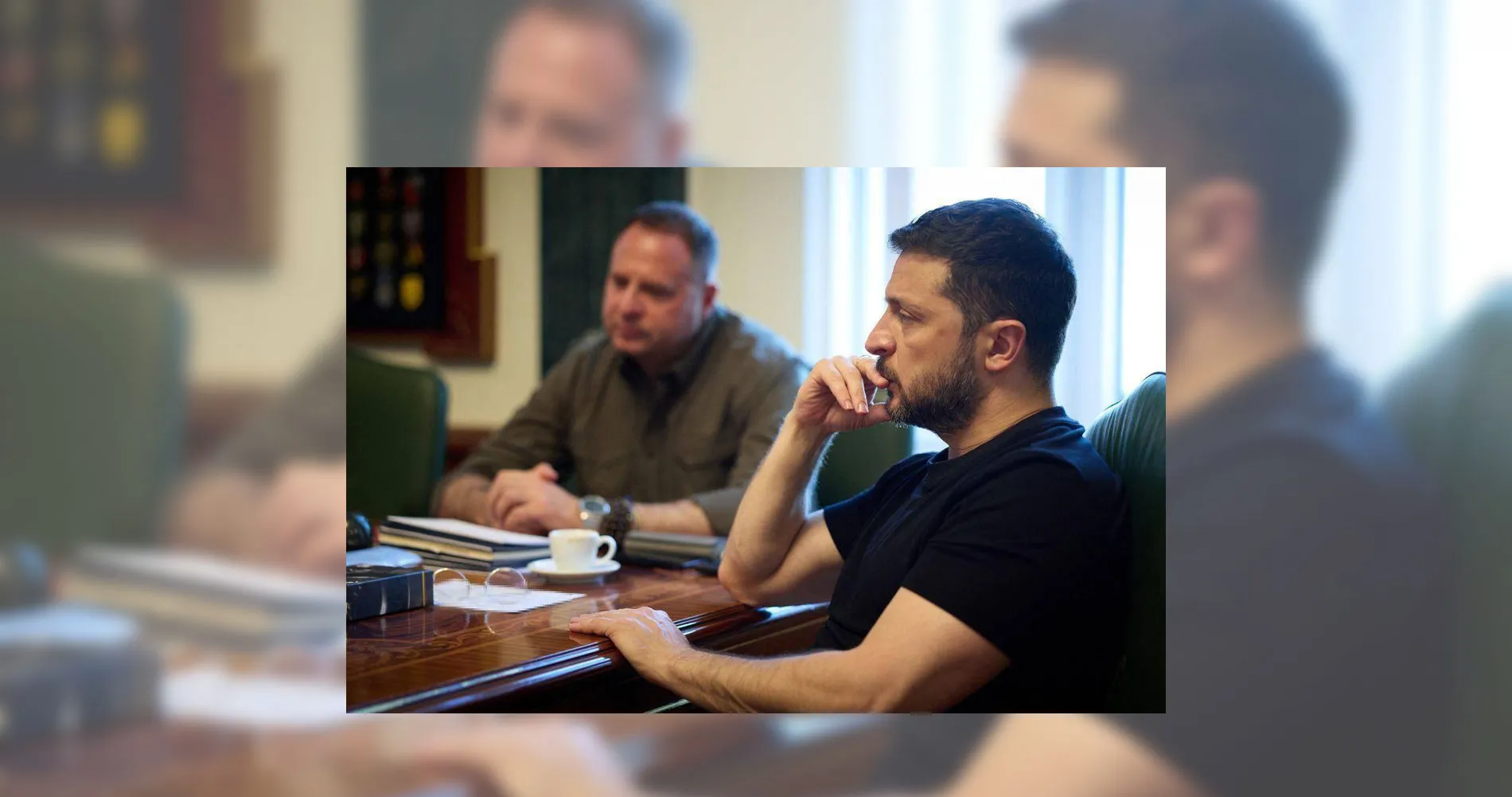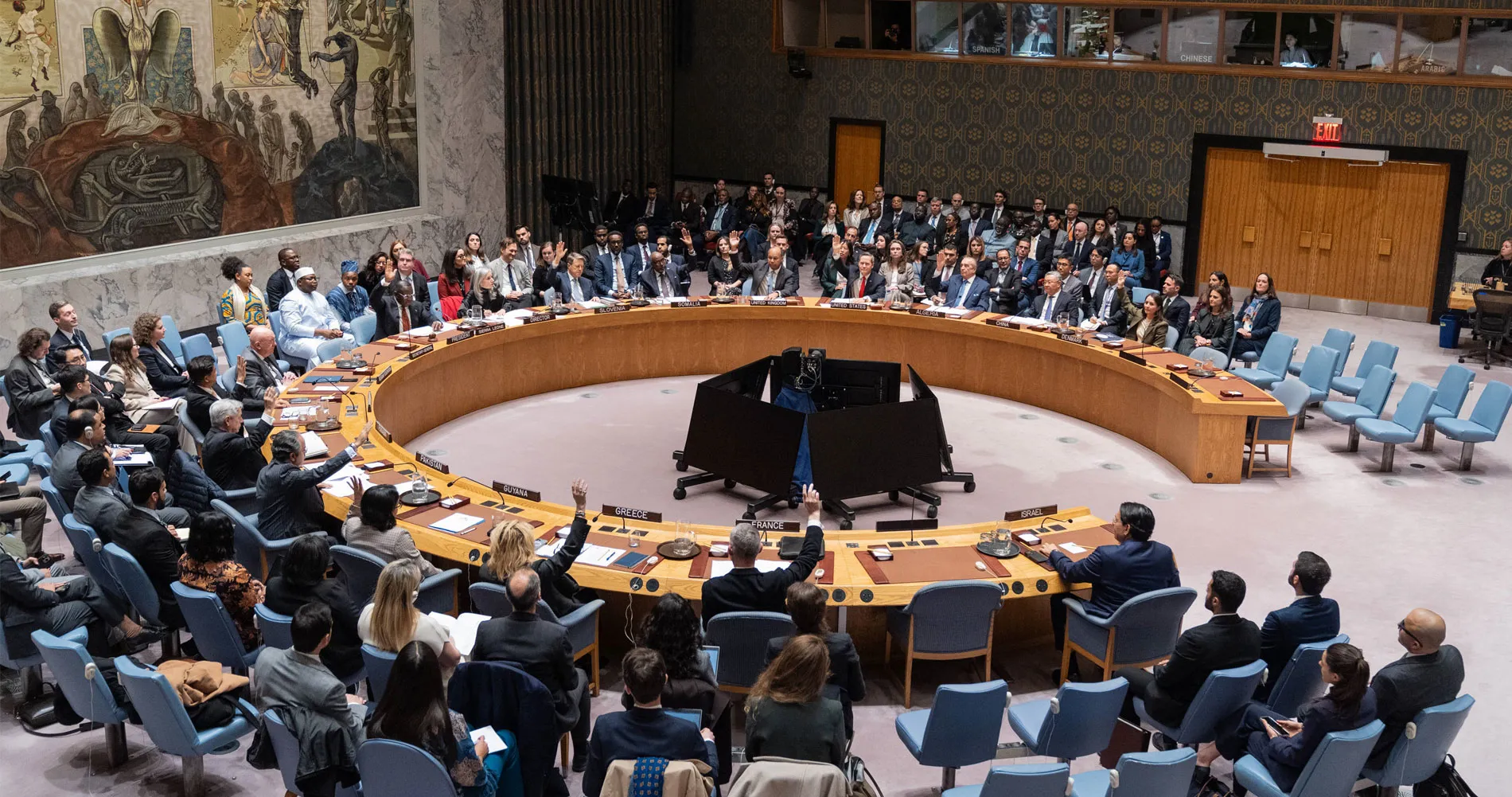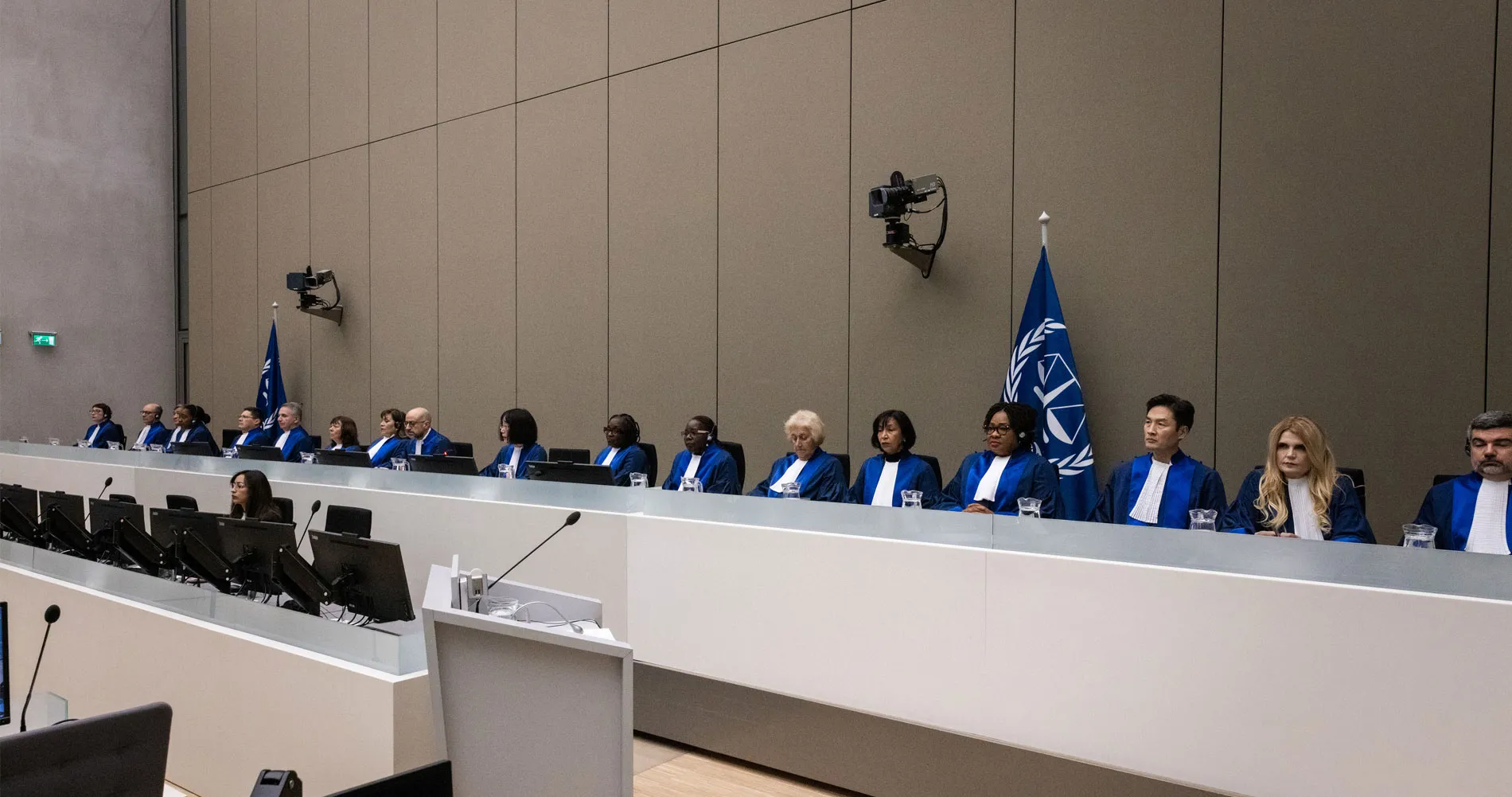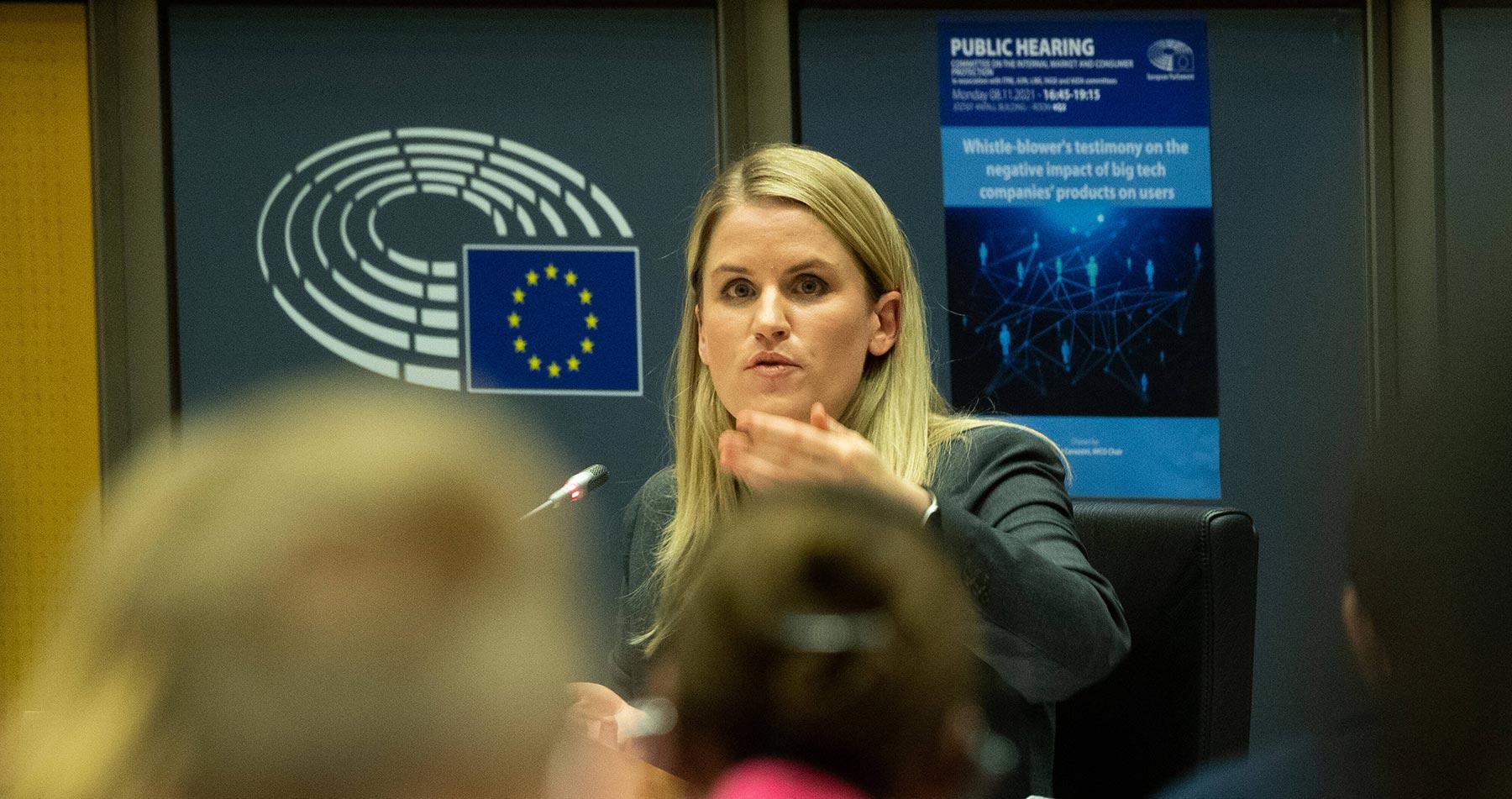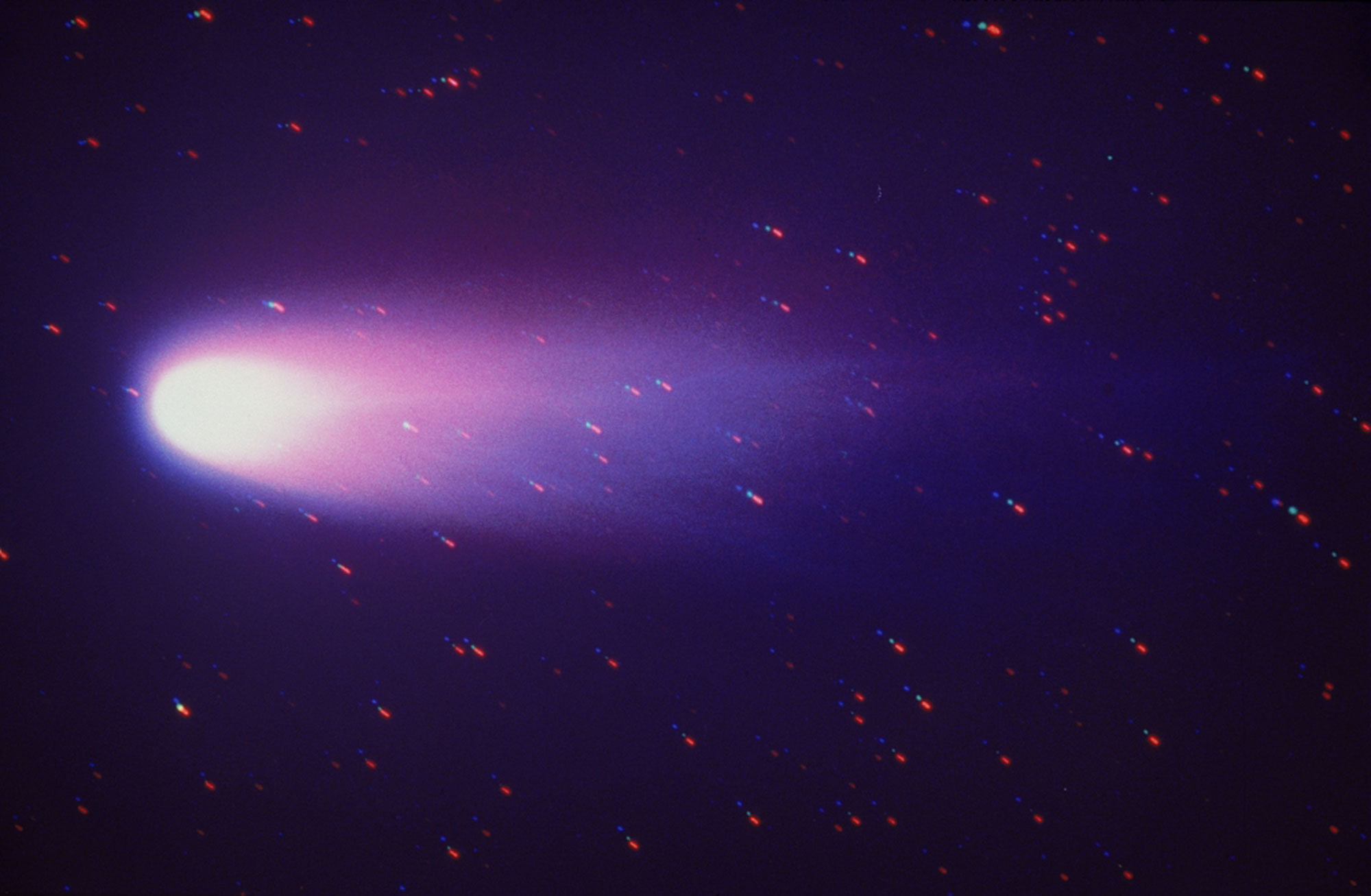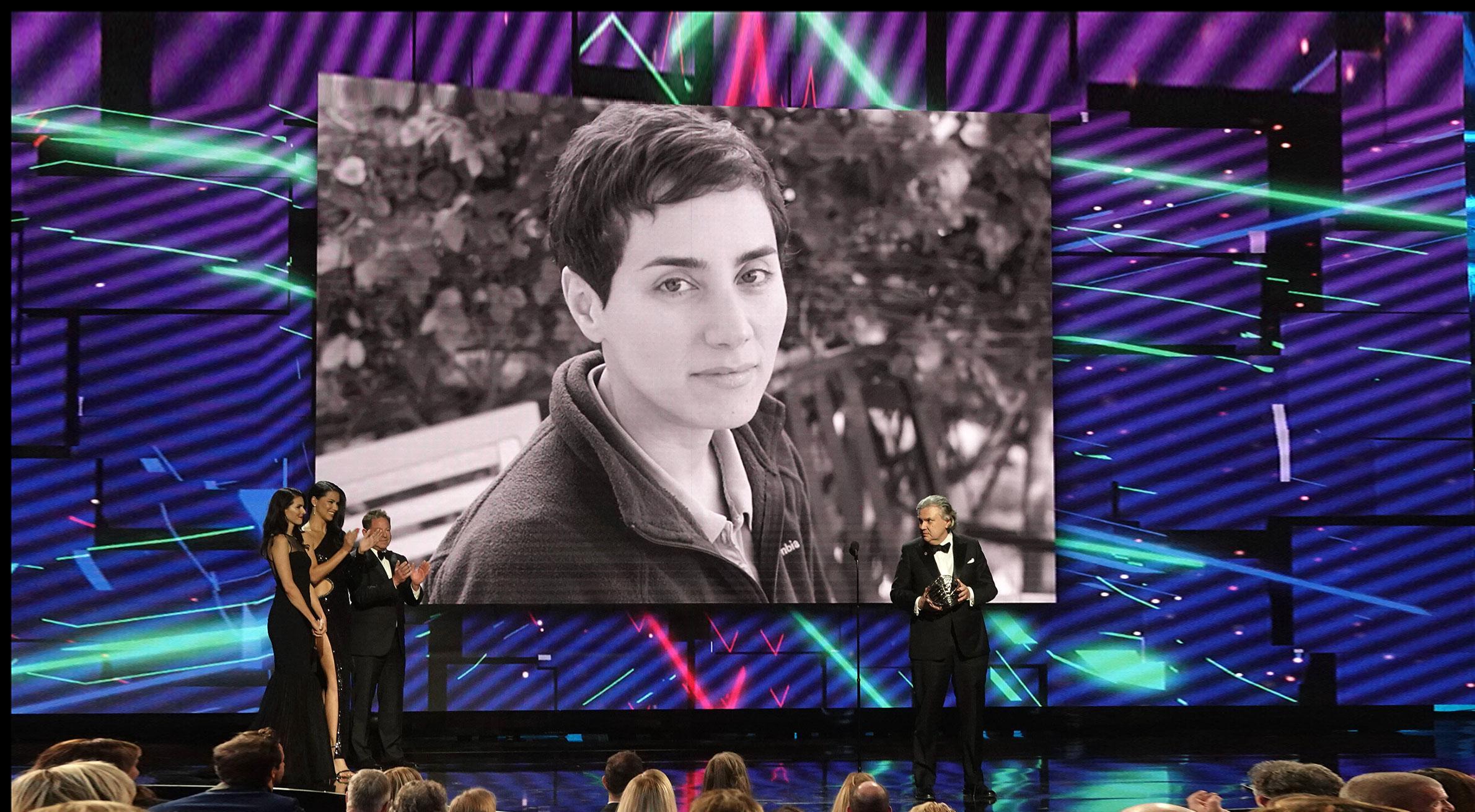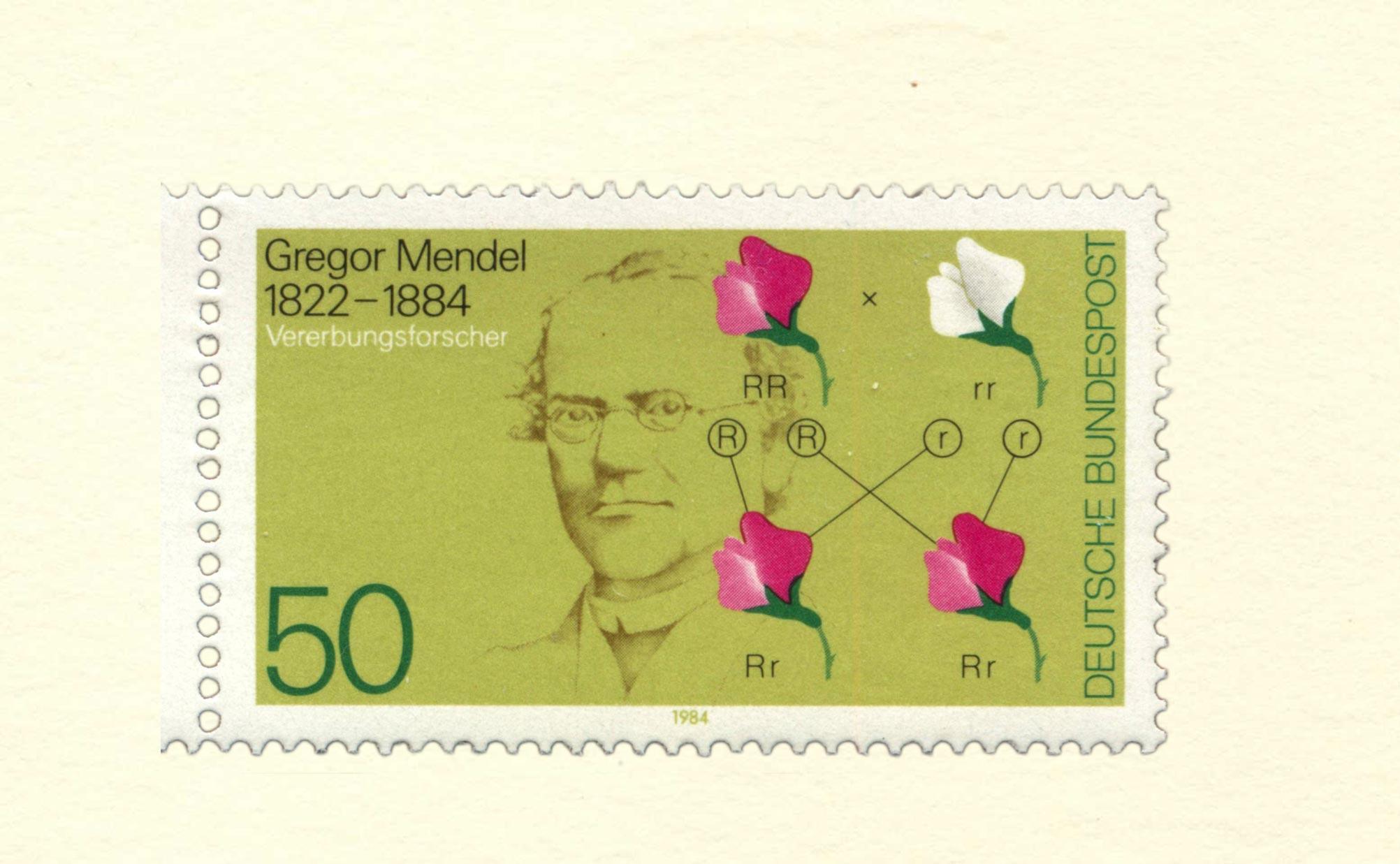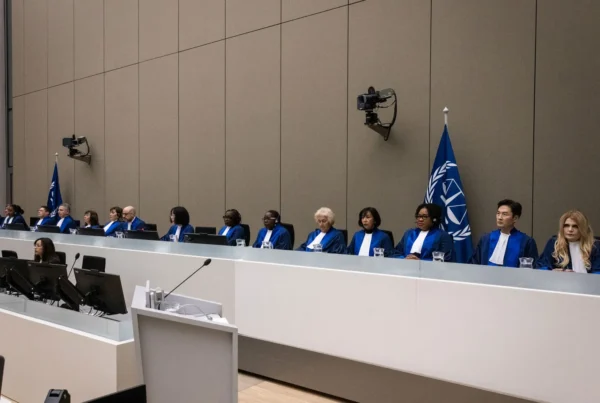2025 has been proclaimed by the UN as International Year of Quantum Science and Technology (IYQ). This year marks 100 years of the development of quantum mechanics. One of the quantum world’s most fascinating and fundamental phenomena is entanglement—a deep connection where two particles become linked, arguably defying the speed of light. Professor Burgdörfer talked to iGlobenews about a recent collaboration between Vienna University of Technology (TU Wien) and researchers at the University of Science and Technology in Beijing. Their findings opened a new field of physics – one that deals with phenomena at unimaginably short time scales, oner billionth of a billionth of a second – attoseconds.
Lukas Barcherini Peter
20 October 2025
German version | French version
Quantum physics deals with the behaviour of the smallest particles such as electrons or photons. At the heart of this world is the concept of a quantum, the smallest possible unit that cannot be divided any further. Unlike objects we see, quantum particles do not to follow the same physical rules. Instead of moving predictably, they can exist in superpositions, or multiple states at once. For example, electrons are known to spin around their own axis. However, an electron spins both up and down simultaneously. Only when measured does the electron “choose” a definite state.
Even stranger is the concept of quantum entanglement, where two quantum particles become so deeply connected that the state of one immediately influences the state of the other, independent of the distance between them.
When two electrons become entangled, their spins are perfectly correlated: if one electron is measured with a spin up, the other electron will instantly be found to have a spin in the opposite direction. Theoretically, this remains true even if the two electrons are separated by millions of light years. If the information of the spin direction were transmitted classically—for example, by a Morse-coded light beam— it would take millions of years to travel that distance, but with quantum entanglement, the connection appears instantaneous. Albert Einstein famously described this as “spooky action at a distance.”
In an exclusive interview with iGlobenews, Professor Dr. Joachim Burgdörfer, co-author of a seminal paper on this issue and professor at the Institute for Theoretical Physics of the Technical University of Vienna (TU Wien), has illustrated the concept of entanglement using a vivid example: Imagine a helium atom, naturally containing two electrons—one with spin up, one with spin down. Suppose these electrons are entangled but separated: one travels to Budapest, the other to Linz. If we measure the Budapest electron’s spin and find it to be up, we know instantly that the Linz electron must be down. This follows from the fact that an electron pair from the same helium atom has a combined spin of zero. If one spin is up the other spin has to be down.
The key point of entanglement lies in how the measurement is performed. If the spin is measured in Budapest along a different axis—say sideways instead of vertically—that choice directly influences the outcome in Linz. This is what Burgdörfer calls “contextualization”: the idea that the nature of one measurement determines the conditions for interpreting the other. There is no signal exchanged, but the overall quantum state responds to the measurement that has taken place. Even before the Linz electron is measured, its outcome is framed by what was done in Budapest. This deeply counterintuitive aspect, says Burgdörfer, is what makes entanglement so powerful—and so misunderstood.
In his study published in Physical Review Journal, Professor Burgdörfer and his Chinese partners developed simulations that track how quantum entanglement forms over time—down to 223 attoseconds.
The team simulated how a high-frequency laser interacts with an atom. Normally, such a pulse ejects a single electron from its orbit around the atom’s core. If the laser is intense enough, it can also shift a second electron into a different orbit, corresponding to a different energy level. In their simulation, one electron was completely ejected while the other was excited to another orbit.
The researchers found that when one electron was ejected and another shifted, the two became entangled, meaning their states could no longer be described independently. Even more surprising, the moment the first electron left the atom – the „birth time” – was not fixed; it existed in a superposition of times, leaving both earlier and later. By analyzing subtle changes in the energy of the remaining electron, the team reconstructed this process. It unfolded over just 232 attoseconds, showing that entanglement emerges gradually—not instantly. (1 attosecond = 10-18 seconds)
The breakthrough of Professor Burgdörfer builds directly on the 2023 Nobel Prize-winning research, which developed attosecond pulses of light to observe electron motion in real time, and whose laureates include TU Professor Ferenc Krausz who demonstrated that electron movement has measurable duration. Professor Burgdörfers work continues this advance by using simulations to show that entanglement, too, has structure in time. While still a theoretical paper and yet to be experimentally validated, this research opens a new chapter in attosecond quantum dynamics – a completely new research field.
While Burdörfer’s paper does not directly address one of the most talked-about topics in quantum research—quantum communication—it sheds light on the phenomena behind the technology involved: “[w]e all encounter […] in everyday life – for example, at the supermarket checkout: when a barcode is scanned, a laser is used. And that laser is based on principles of quantum physics.” says Professor Burgdörfer.
Conversely, quantum communication operates on a very different timescale. Instead of focusing on attoseconds, researchers aim to preserve entanglement over extended periods of seconds or minutes. The goal is to use these stable quantum links for secure, tamper-proof communication. Here, the challenge is not speed, but maintaining coherence over time to ensure uninterrupted and reliable transmission.
The quantum world is rapidly becoming the next major frontier in physics. What once seemed incomprehensible is now being explored and understood. Einstein famously called quantum mechanics “spooky,” but that mystery fades with deeper insight. As ProfessorBurgdörfer explains: if we accept a few assumptions—such as that some particles behave like waves, as photons of light do—then classical physics, like Newton’s basic laws, transitions smoothly into quantum theory. Ongoing research, especially at ultrafast timescales, continues to bring clarity to what once appeared unknowable.


